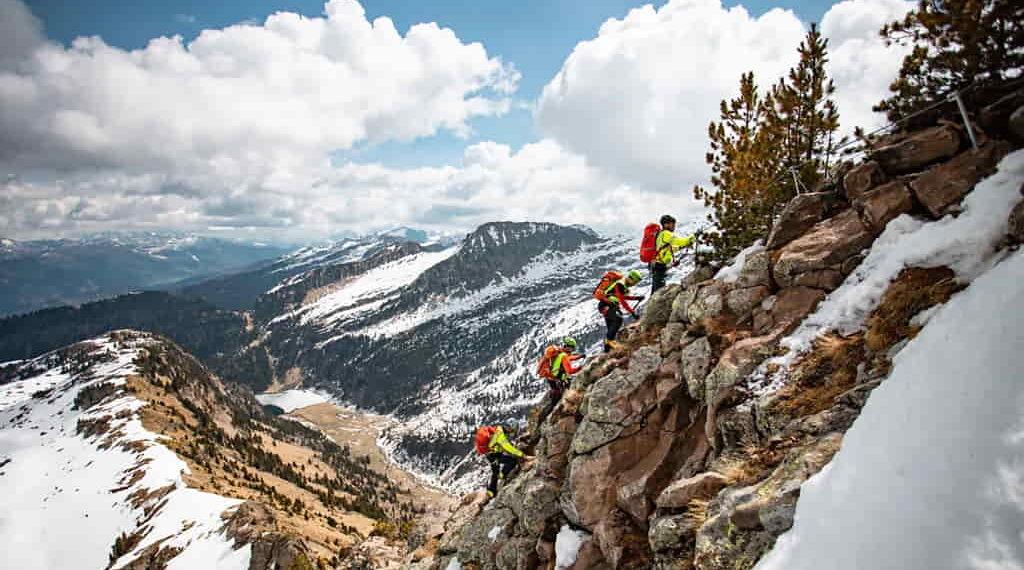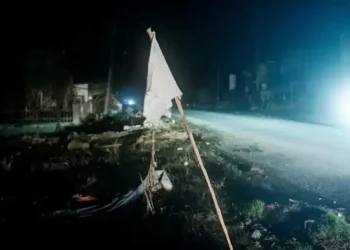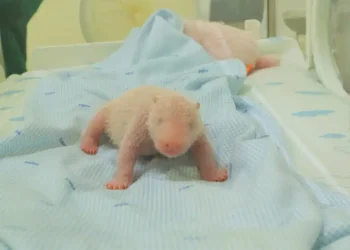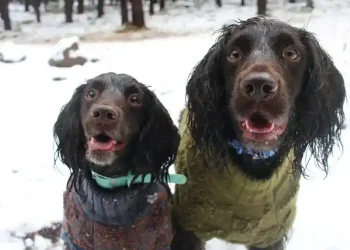Why Mountain Rescues Are Changing in a Warming World: New Risks and Solutions
In the mountains, activities like skiing, climbing, cycling, and even mushroom-picking are becoming riskier—and so are the rescues that follow. As the effects of climate change intensify, these risks are evolving, and scientists are racing to develop new strategies to keep people safe.
At the Institute of Mountain Emergency Medicine in Bolzano, Italy, emergency responders are training in an “extreme climate simulator.” This giant, high-tech chamber mimics the challenging conditions found in mountains, where temperature, air pressure, light, and snow can be adjusted to simulate real-world weather and altitude challenges. The aim is to provide a safe space for rescuers to hone their skills in dangerous conditions.
The simulator is especially valuable for training in complex rescues. For example, during a simulated rescue of trapped climbers, temperatures drop to -17°C (1°F) and rescuers must work through snow and darkness. The high-stakes scenario tests not only the technical skills needed to save lives but also the ability to provide medical care in extreme conditions.
In the past few years, there’s been a noticeable rise in the number of mountain rescues. Giacomo Strapazzon, head of the institute, explains that the surge in outdoor tourism, especially following the pandemic, has led to more inexperienced adventurers seeking the thrill of the mountains. This trend, unfortunately, increases the number of accidents—sometimes involving the rescuers themselves.
One of the most common challenges in mountain rescues involves the dangers of rockfall and falling climbers, especially in steep, high-altitude environments like Italy’s Monte Rosa, where rescue teams deal with crevasses, altitude sickness, and falls from cliffs. The specialized team, known as Italy’s Mountain and Cave Rescue Service, is called to more than 12,000 missions a year. And the risks aren’t just confined to extreme athletes—everyday people, including mushroom-pickers, are getting caught in the mountain’s harsh terrain, underestimating the danger of steep drops.
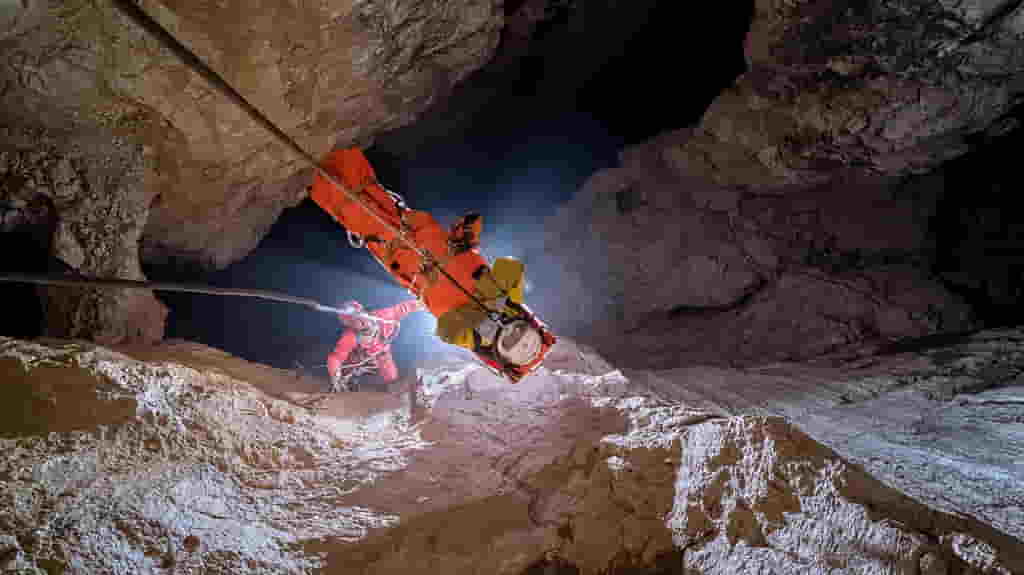
The Impact of Climate Change on Outdoor Safety
Climate change is making certain risks even worse. The European Alps, for instance, have warmed twice as fast as the global average. Thawing glaciers and permafrost are now causing more rockfalls, as previously stable rock formations become loose. Additionally, avalanches have become wetter and more dangerous due to rising temperatures. These “wet snow” avalanches pose new challenges for rescuers, as the snow is denser and more suffocating, reducing the critical survival window after being buried.
Research shows that rescuers are improving their techniques, with the survival rate for avalanche victims increasing by 10% over the past few decades. However, the window of time to rescue someone from an avalanche has shrunk—from 15 minutes to just 10 minutes—highlighting the urgent need for faster response times and more efficient methods.
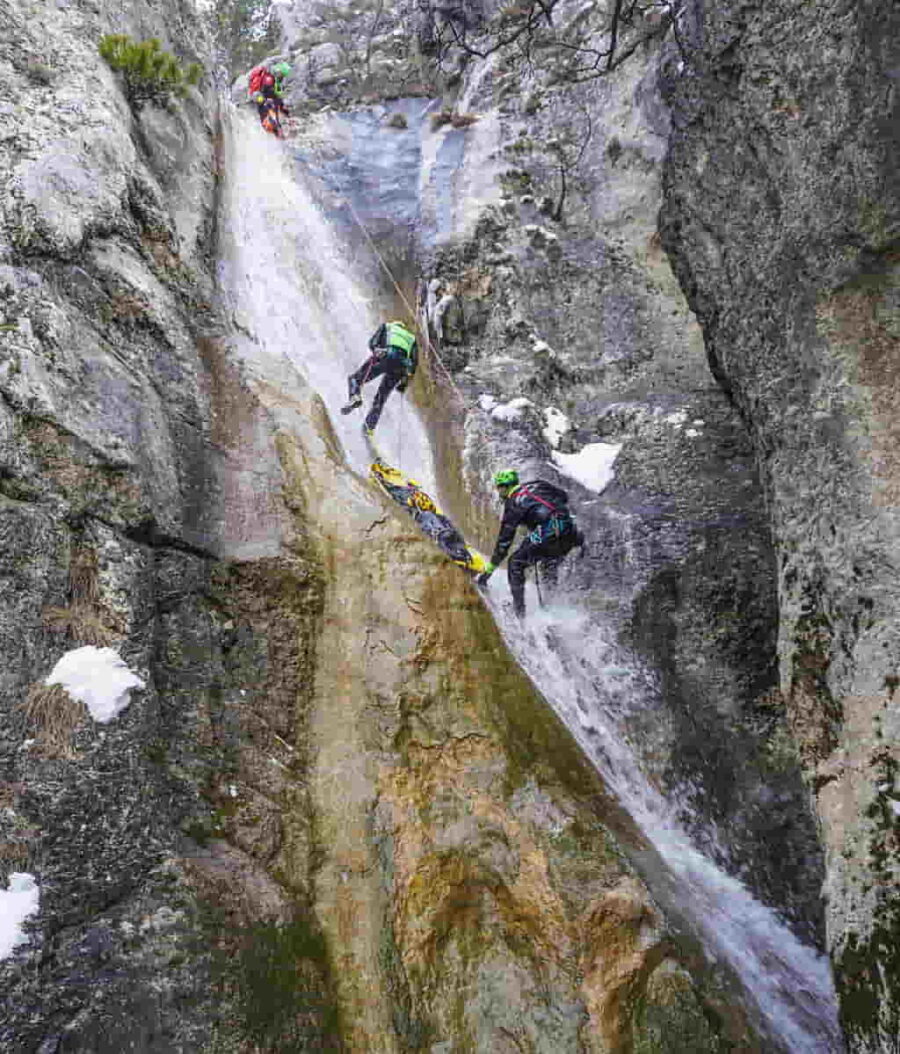
Emerging Risks in Popular Activities
Beyond traditional mountain sports, newer outdoor activities are also bringing unexpected risks. With the rise of e-bikes, for example, mountain cyclists are increasingly getting into trouble, especially those without proper training. Many inexperienced riders struggle with descending steep, difficult terrain after reaching the summit easily with the assistance of their e-bikes.
Skiers and snowboarders face dangers, too. While safety gear like helmets has made a difference, risky behaviors such as skiing too fast, ignoring slope rules, and consuming alcohol remain serious threats. Strapazzon, who also enjoys skiing, advises against speeding, breaking safety rules, or skiing under the influence.
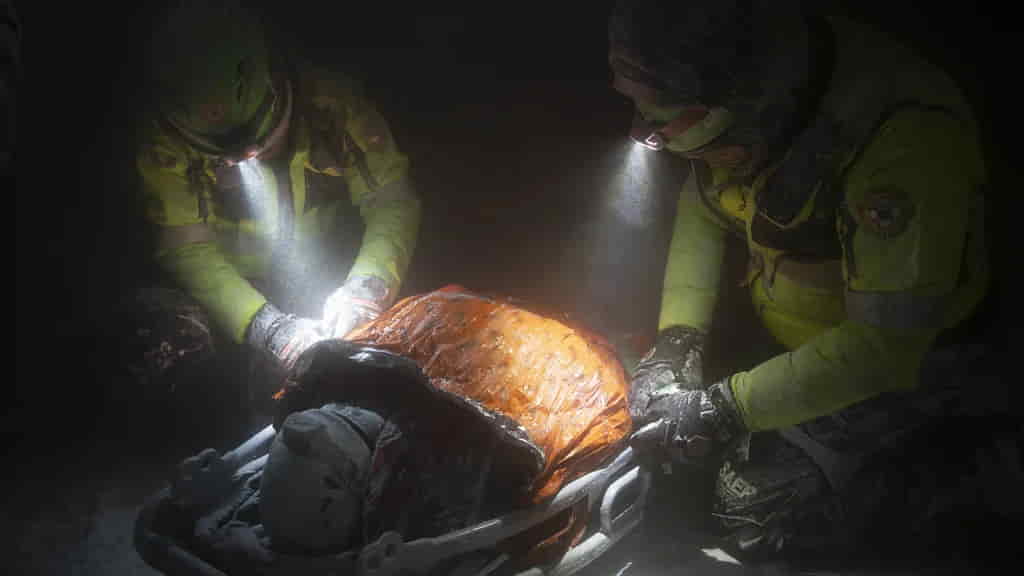
Innovations for Safer Rescues
As rescue operations become more frequent, the strain on emergency responders grows. In some places, such as the U.S., the increasing number of rescue calls has led to volunteer burnout. To address this, researchers like Marika Falla at Eurac Research are studying how altitude affects rescuers’ performance, particularly the cognitive effects of operating at high altitudes. Their work suggests that providing oxygen could improve rescuers’ attention and reaction times during critical missions.
In the future, technology may play a larger role in mountain rescues. Drones, for example, could replace helicopters in some situations, particularly when terrain or weather conditions make helicopter access difficult. Drones are faster and more accessible, and they could carry life-saving equipment such as defibrillators to the scene of an emergency.
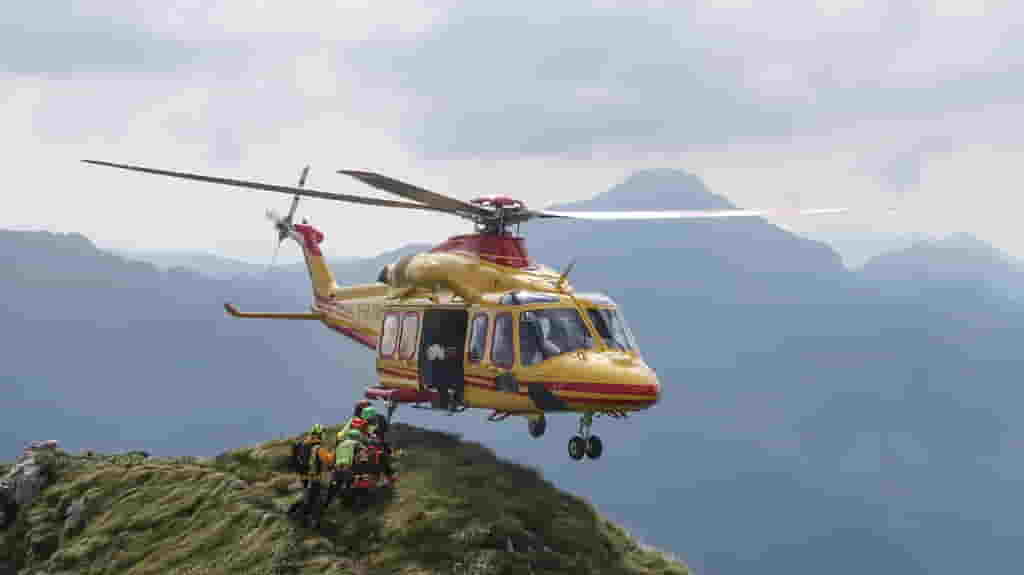
Staying Safe and Enjoying the Outdoors
Strapazzon emphasizes that while the mountains come with risks, these should not discourage people from enjoying them. Being aware of the dangers—such as the unpredictable weather, avalanches, or even simple missteps—can help mitigate accidents. He believes that with proper training, equipment, and mindfulness, we can continue to enjoy the beauty and thrill of the mountains, while keeping safety a top priority.
This article was rewritten by JournosNews.com based on verified reporting from trusted sources. The content has been independently reviewed, fact-checked, and edited for accuracy, neutrality, tone, and global readability in accordance with Google News and AdSense standards.
All opinions, quotes, or statements from contributors, experts, or sourced organizations do not necessarily reflect the views of JournosNews.com. JournosNews.com maintains full editorial independence from any external funders, sponsors, or organizations.
Stay informed with JournosNews.com — your trusted source for verified global reporting and in-depth analysis. Follow us on Google News, BlueSky, and X for real-time updates.
